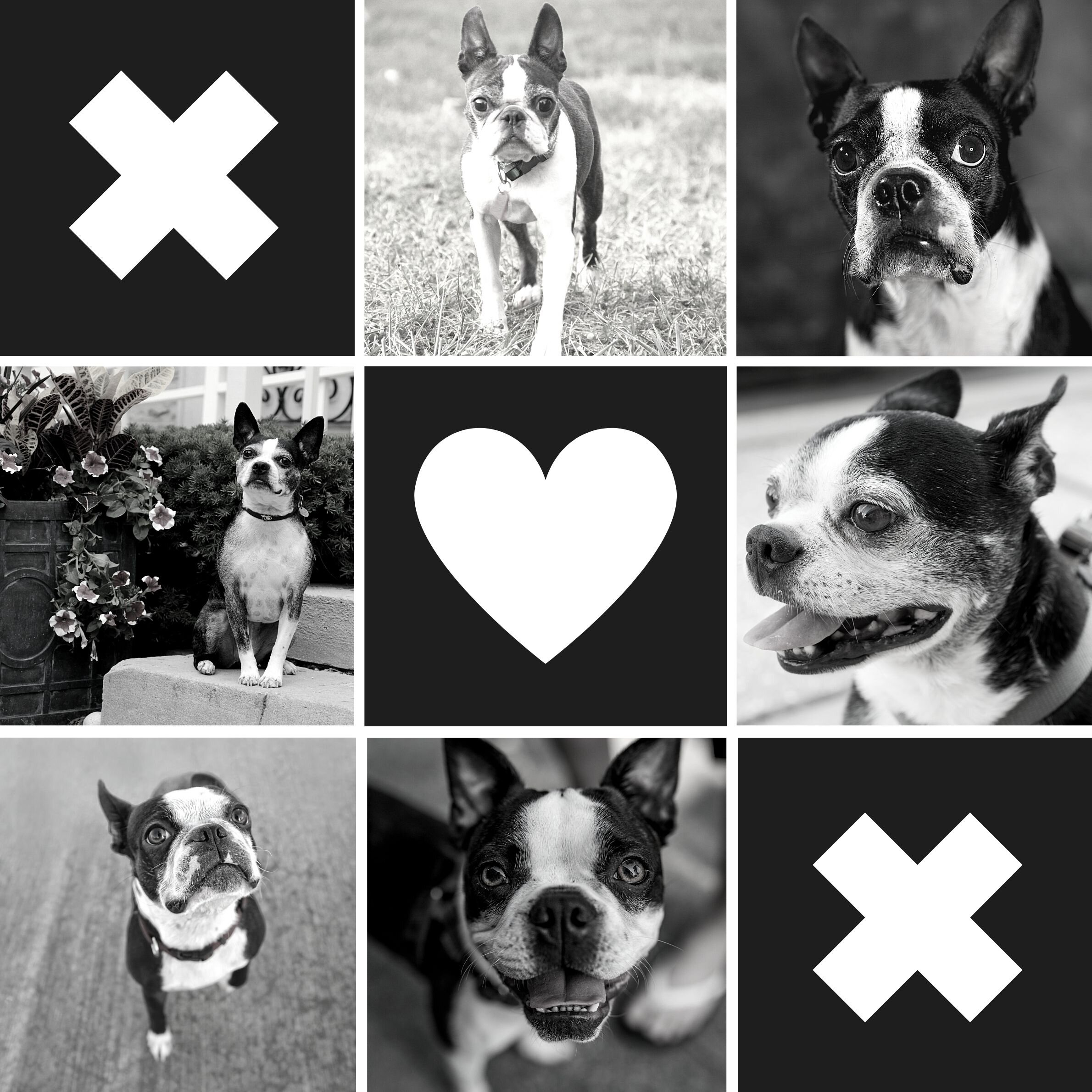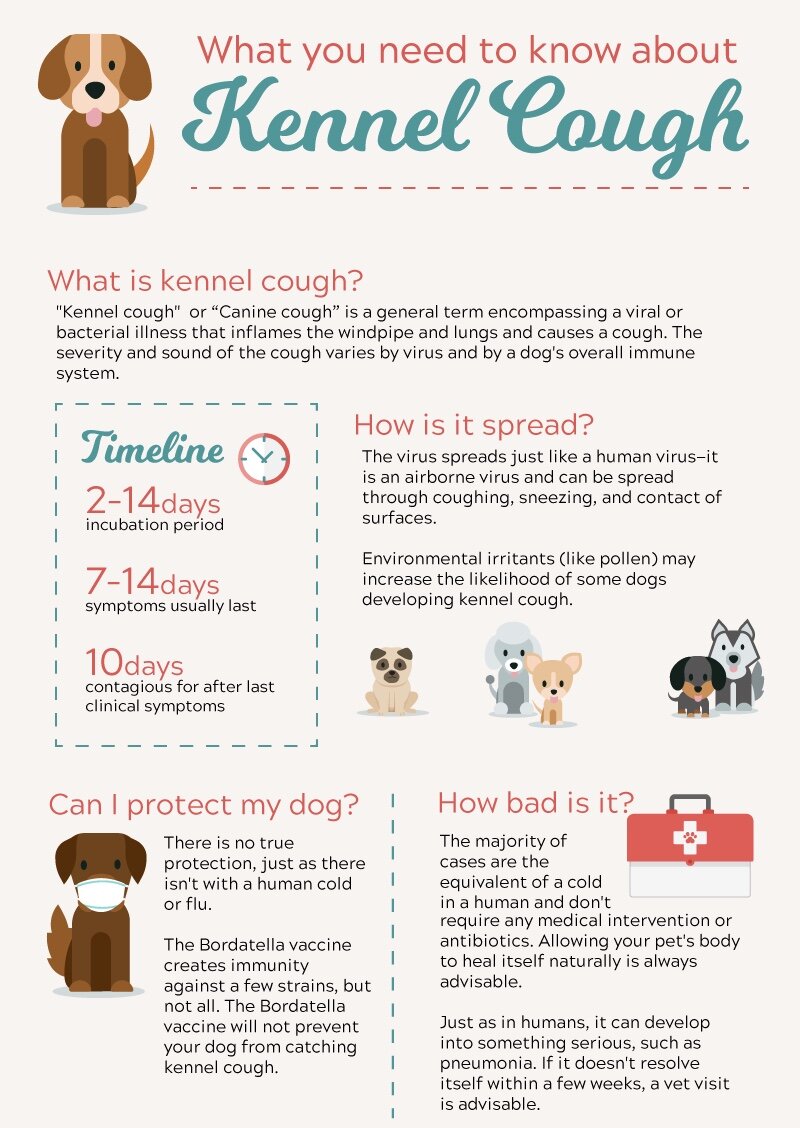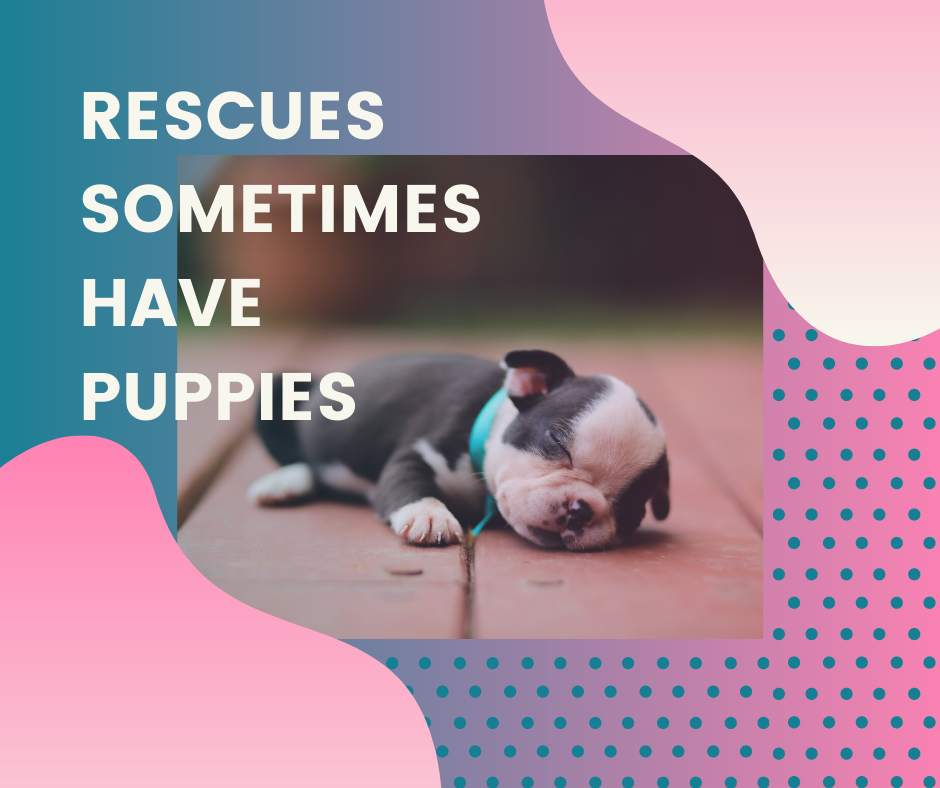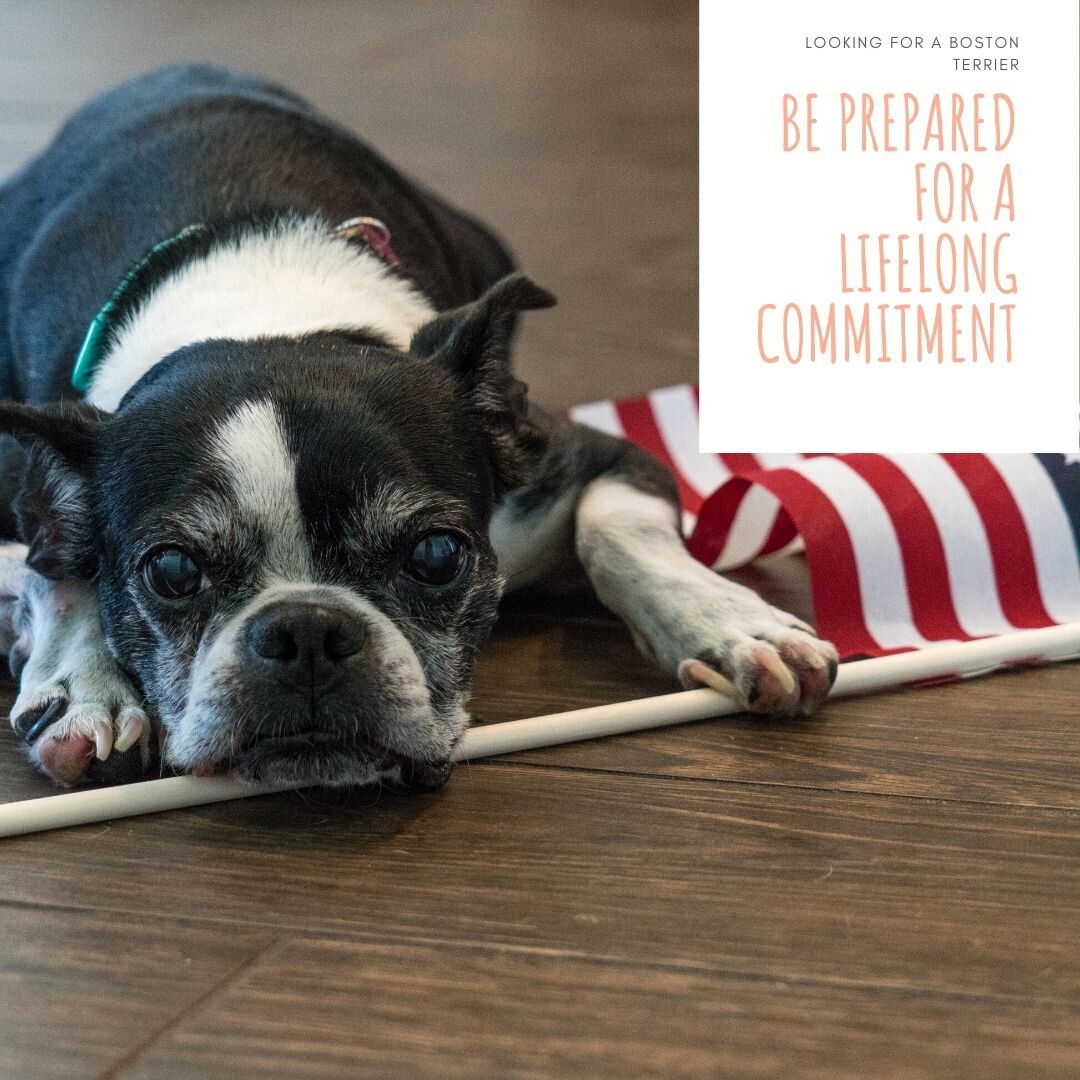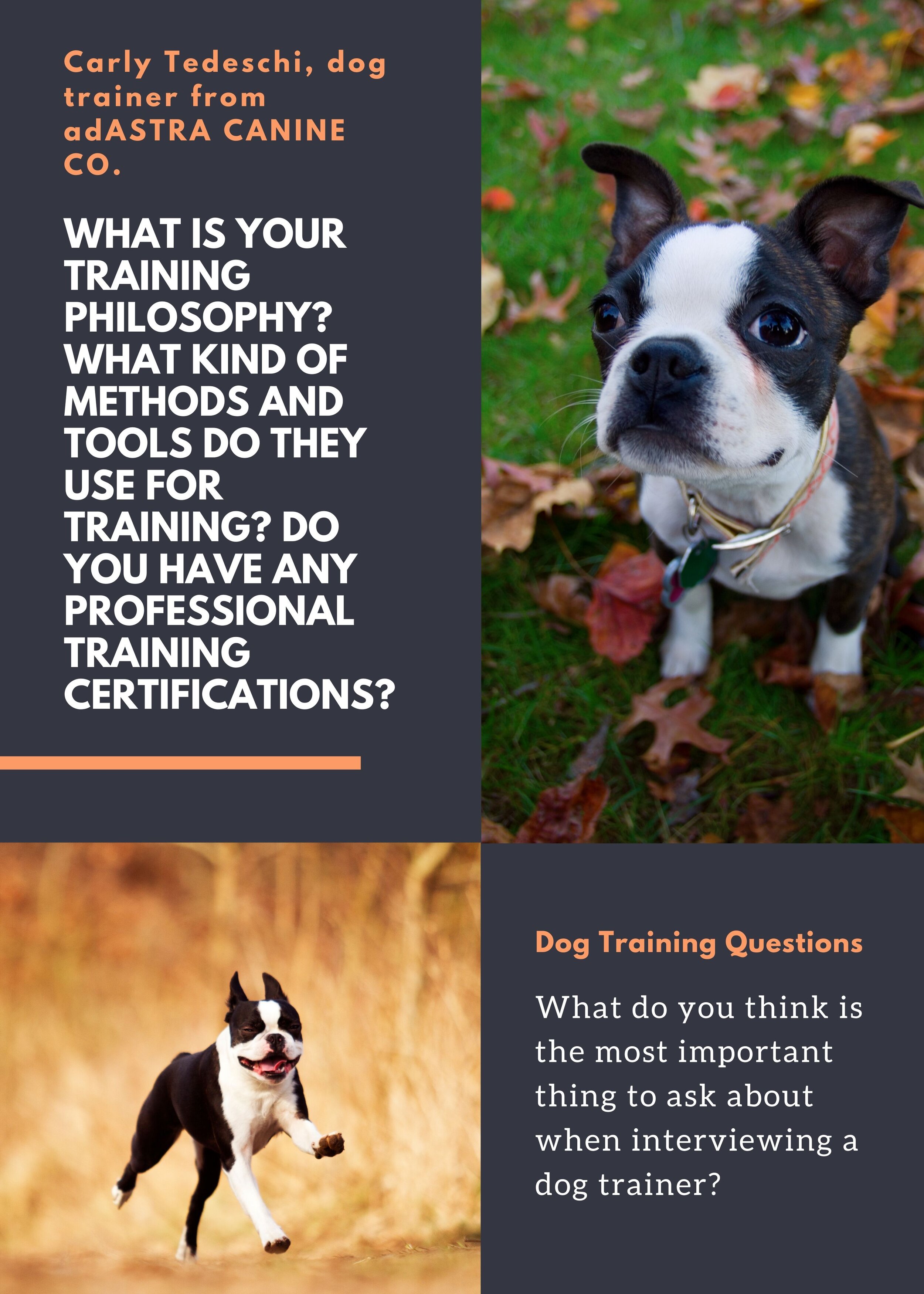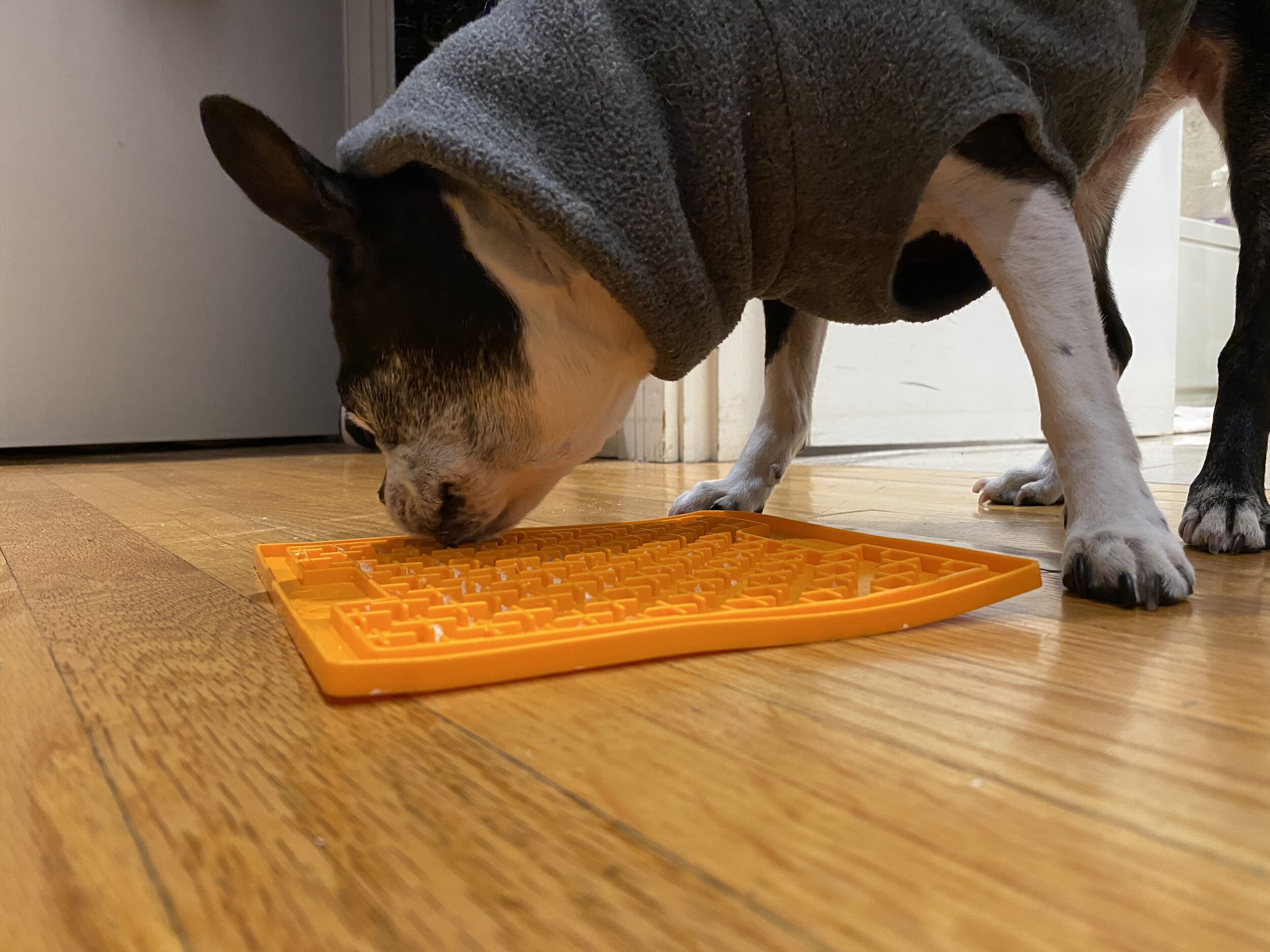You may have heard this term before but maybe you aren’t sure what exactly it is. We even talked about it in the beginning of quarantine with our blog post “Top eight ways to keep your dog busy during quarantine”. But what exactly is enrichment? For this post we’re going to explore ways to use food for enrichment.
What is enrichment?
Enrichment is any sort of activity that is designed to create mental stimulation and enhances your dog’s mental state. Enrichment makes your dog use their brain to problem solve and pick up new skills. It could be different ways of feeding your dogs, and it could also be taking your dog out for a sniff walk. With enrichment you want you give your dog an opportunity to engage in activities that come natural to them like sniffing, scavenging, shredding, licking and chewing. There are many different types of enrichment.
Why is enrichment so important?
Enrichment is important because it helps keep your dog’s brain active by creating new and exciting ways for them to do new things. Enrichment gives your dog the chance to engage all their natural senses like sniffing, or scavenging.
West Paw Toppl Photo Amazon.com
Okay, so what can I do to create enrichment for my dog?
There are TONS of different toys out there that can be used for food enrichment. We gave you some awesome ideas here but there are even more you can use. Some of our favorites include the Westpaw Toppl, the Holee Roller ball, a snuffle mat, the Nina Ottosson toys for Outward Hound, the SodaPup toys, and the PetSafe Chilly Penguin.
Okay, but I don’t want to give my dog lots of treats.
That’s okay you don’t have to use treats for everything. You can use your dog’s daily food for almost anything. You can also add in some dog safe fruits and veggies for something extra. There’s all sorts of ways to mix things up with your dog’s food instead of just feeding them out of a boring bowl. You need to look beyond the bowl and be creative with how you feed.
Okay, but I don’t want to spend a ton of money on new toys!
Honestly you don’t even have to spend a cent with enrichment. You can use lots of household items for these activities.
What are you doing with those toilet paper rolls? Nothing? Hide food in those and then hide them around the house. I’ve even seen people make advent calendars with toilet paper rolls.
Have some spare towels? Throw some food in there and roll it up.
Empty Amazon boxes? Throw some paper in there with food and let them forage for their food.
Have some empty plastic bottles going in the recycling? String a rope through them and hang it in a doorway for your pup to try and get their food out.
Have a muffin tin hanging around? You can use that too for enrichment.
Some words of wisdom
If your pup gives up and doesn’t want to continue because it’s too hard for them, you should bring it back to an easier point where they are having fun. You don’t want to make it difficult for them. Enrichment should be fun and exciting for your pups, not hard and challenging. Like when I feed my dog in her Toppl, if she can’t get to the stuff at the bottom and gives up I happily loosen it for her so that she can easily access it. Also if you have a dog trainer who is not actively talking about enrichment ideas with you and your pups, it may be time to find a new one. Enrichment is a huge part of training these days and a trainer who isn’t talking about it probably isn’t up to date with their training credentials. In an effort to make things last longer we’re a big fan of freezing things. It makes the enrichment activity last longer without upping the difficulty. It’s not necessary to use a freezer I just happen to like this option for my own dog.
Some places for inspiration:
As you can see here Johnny and Bodhi’s mom is always doing fun enrichment for them. What pup wouldn’t love a shark fin?
The Facebook group Canine Enrichment is an excellent source of inspiration. This is where I learned of Bindisbucketlist this woman takes enrichment to a whole different level. She is so creative and it truly amazes me. You don’t have to be as creative as her that’s totally okay. It’s just great to get some ideas when you’re running low. I also get really great ideas from our friends from down under Johnny and Bodhi. Their mom is always doing some fun enrichment. As a matter of fact if it weren’t for Johnny and Bodhi I wouldn’t have known about the Likimats that my dog loves so much. Not only does their mom do some really awesome enrichment but their account in general his absolutely hilarious.
Show us how you do enrichment:
On Instagram or on Facebook. Also check out our YouTube Channel for more DIY ideas. We’ve created an Enrichment playlist with a bunch of different videos for inspiration.









